MagnaFlow Minute: Why the MagnaFlow Difference Matters
Welcome to our MagnaFlow Minute video series, where we give you some quick facts about the construction or design of our product and why the MagnaFlow Difference matters.
MAGNAFLOW MINUTE: THE MAGNAFLOW DIFFERENCE- WELDS
In this episode of the MagnaFlow Minute, we are talking about welds and welding processes for our catalytic converters.
How a catalytic converter is assembled is crucial to its life expectancy. At MagnaFlow, we look for all ways to prevent premature failure of a part. MagnaFlow uses only 308 Stainless Steel MIG welds. This highly corrosion resistant material ensures the welds maintain their strength throughout the life of the part. Additionally, MagnaFlow uses robotic welding where applicable, guaranteeing consistent results.
Generally, you’ll find other catalytic converters on the market that are welded with low carbon steel wire. MagnaFlow only uses stainless material which will prevent premature failure or cracking that is common when using low carbon steel.
MagnaFlow partners with industry leaders such as Lincoln Electric for all our welding needs. Through a process of extensive on-site testing and analysis with Lincoln, we were able to identify the best machine for our specific manufacturing process. Lincoln Electric worked with us to develop the standards and specifications for our machines and usage. Daily calibrations are performed to guarantee the machines always operate correctly. The goal is consistent weld performance, which is what you can see on every MagnaFlow Catalytic Converter.
Be sure to consider the material and quality of welds when it comes time to replace your original converter. Look for MagnaFlow’s consistent 308 Stainless Steel MIG welds on all our catalytic converters. Tune in to the next MagnaFlow Minute for another easy reason why we should be your number one choice for catalytic converters.
MAGNAFLOW MINUTE: CONVERTER TUBING - WHAT IS CONVERTER TUBING AND WHAT DOES IT DO?
This episode of the MagnaFlow Minute focuses specifically on tubing for our catalytic converters.
Because it is highly corrosion resistant against everyday wear and tear, most modern vehicles are equipped with a 16-gauge 409 stainless steel from the factory. MagnaFlow uses the same 16-gauge 409 stainless steel in all of our catalytic converters. Even though surface rust may form, 409 stainless steel is less susceptible to rust through. When you're looking at a product with 409, you'll find that there might be some surface rust as you can see on some of these areas here. However, what you will find is that there's no rust through. This means that the tube remains strong and prevents any air leaks into your exhaust system.
Alternatively, you'll find non-MagnaFlow catalytic converters in the market using aluminized coated mild steel tubing. The biggest drawback with aluminized coated mild steel tubing is that the aluminized coating can wear away over time and even in mild driving. When bare steel is left vulnerable and exposed to the elements you can expect corrosion and ultimately part failure.
The thickness of steel tubing is measured in gauge: the higher the gauge the thinner the wall material. MagnaFlow uses a 16-gauge wall thickness at .065”, but it's common to find an 18-gauge which is measured at .049”. That is a thinner material even though it has a higher gauge number. 18-gauge tubing doesn't have the same strength or rigidity as the thicker wall 16-gauge. The 18-gauge is more susceptible to road conditions which can damage the structural integrity or even change the functionality of the catalytic converter. Tune in to the next MagnaFlow minute for another easy reason why we should be your number one choice for catalytic converters.


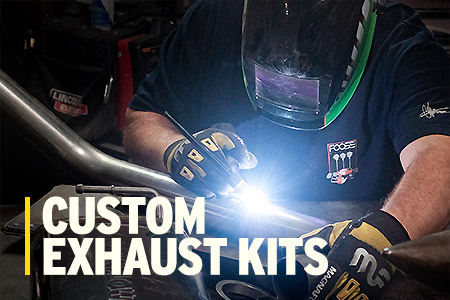


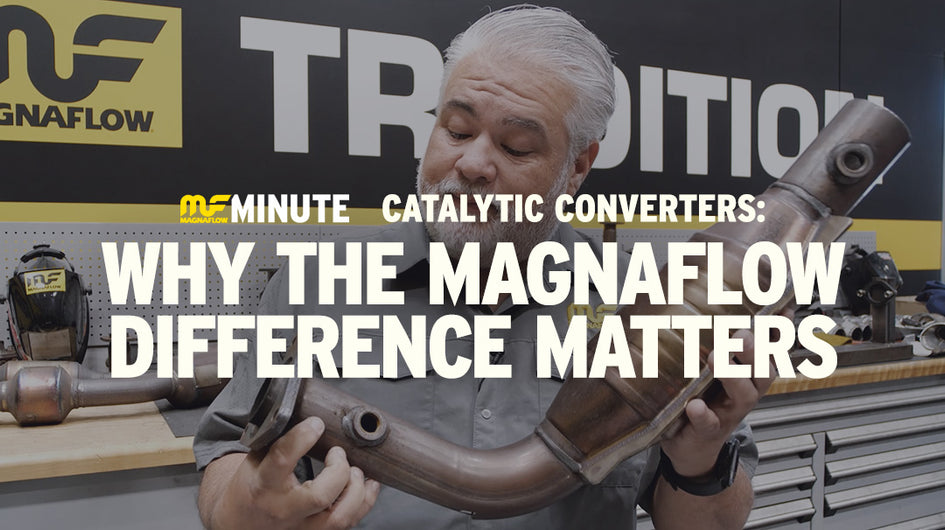
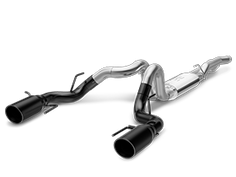
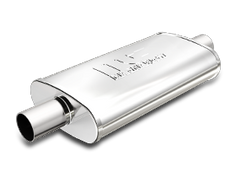
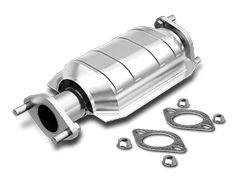
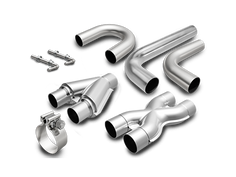
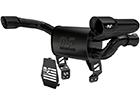





Comments